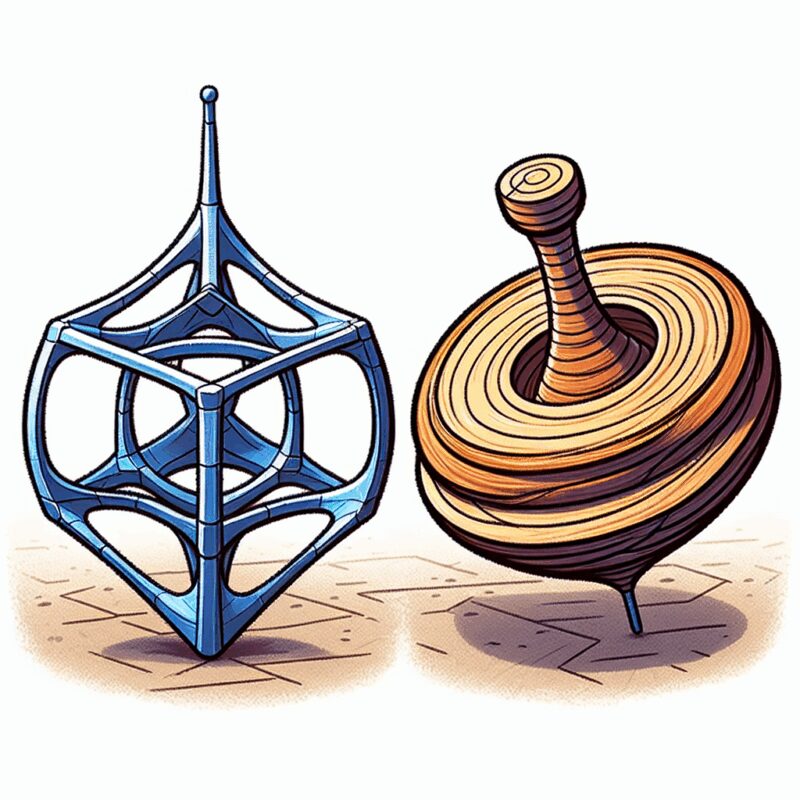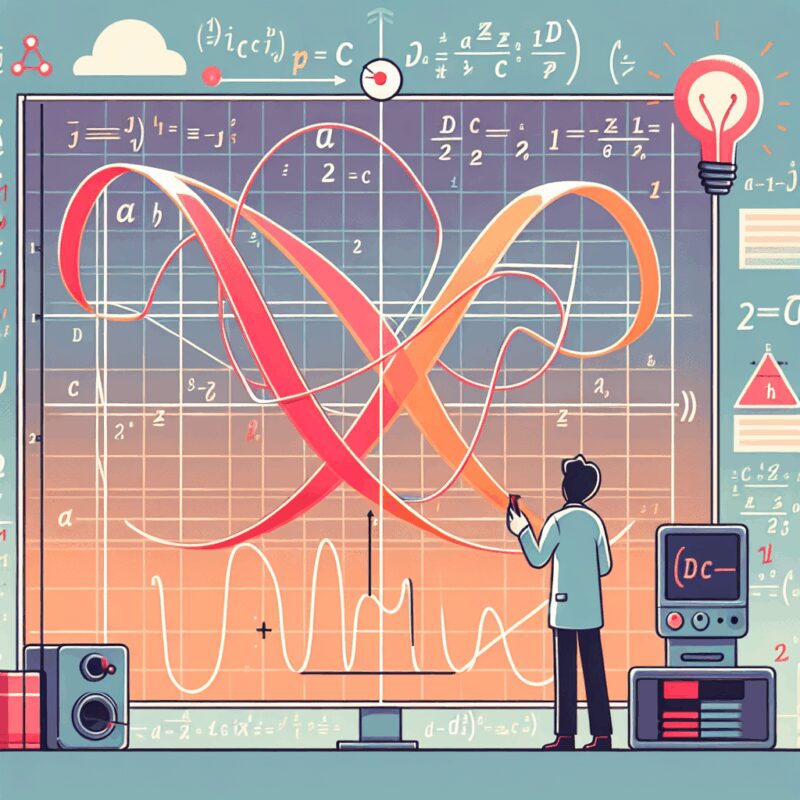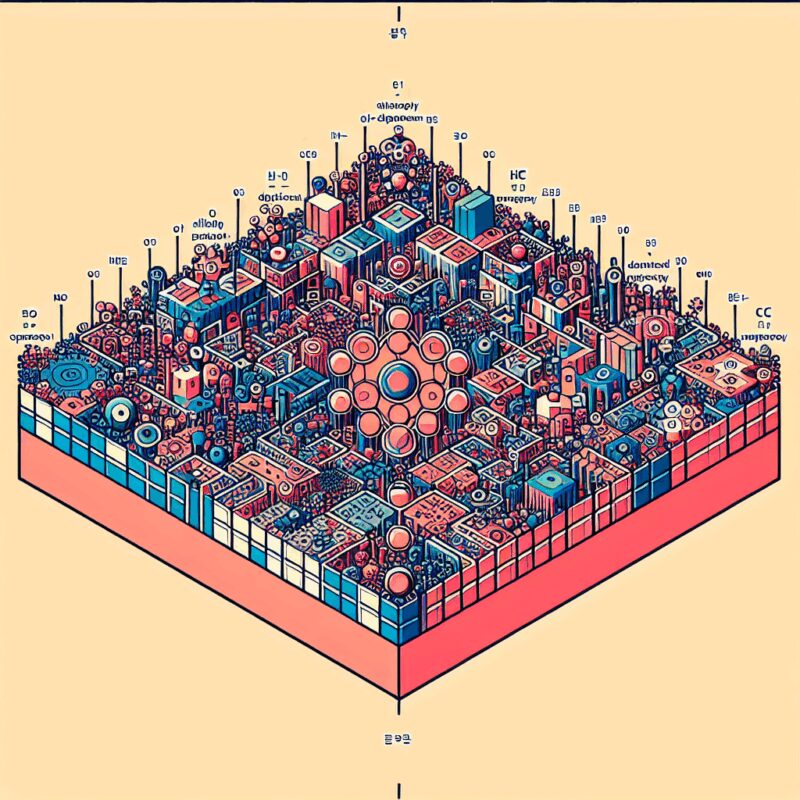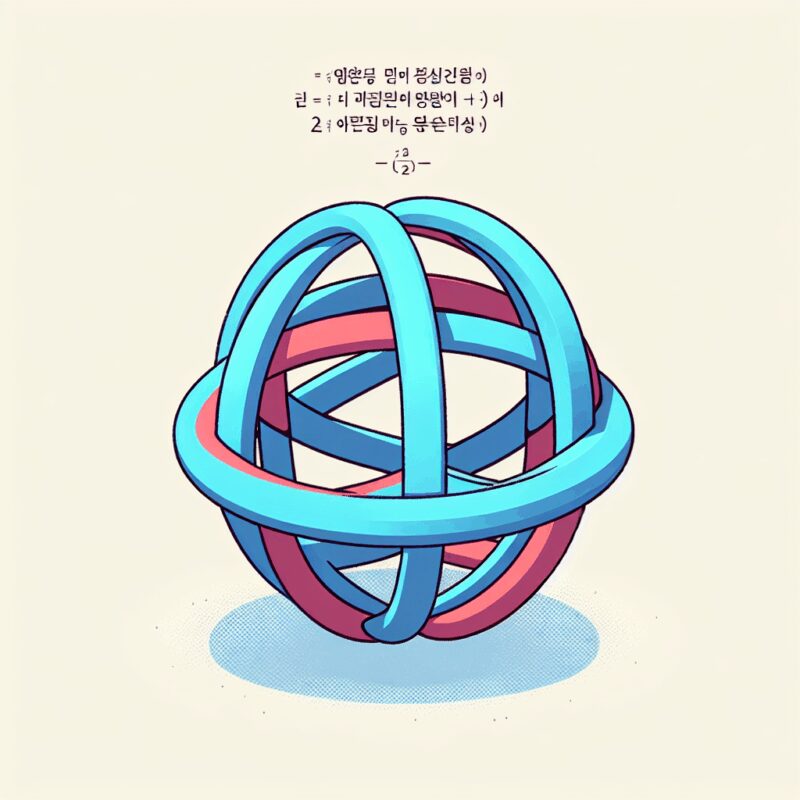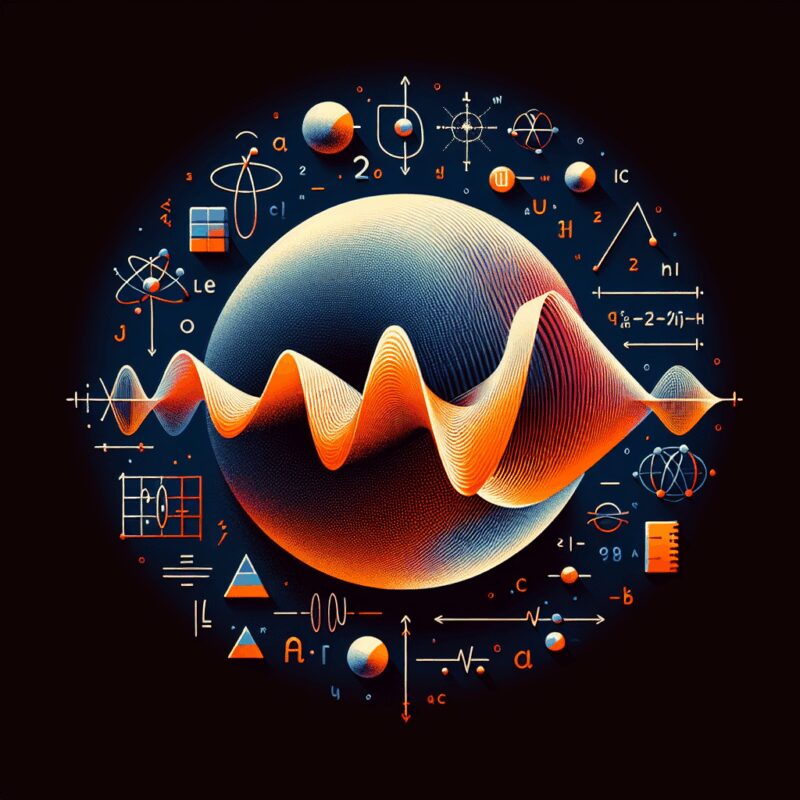Concept of Relative Entropy in Quantum Information Theory
Understanding Quantum Information Quantum information theory is a fascinating field of study that merges the principles of quantum mechanics with information theory. Imagine a world where information is not just a sequence of ones and zeros, but can be in many states simultaneously, thanks to the strange and wonderful nature of quantum mechanics. This opens … Read more
